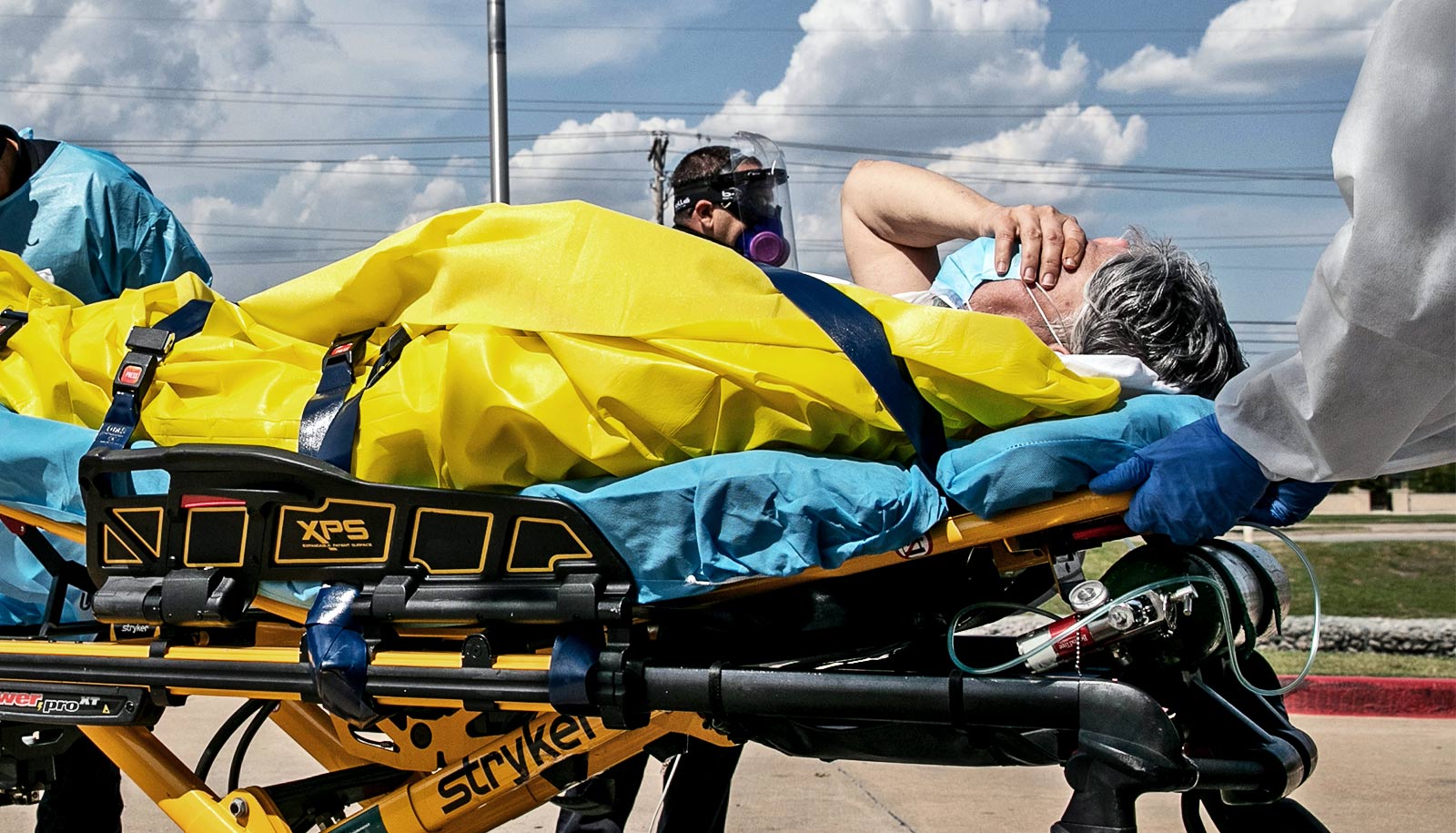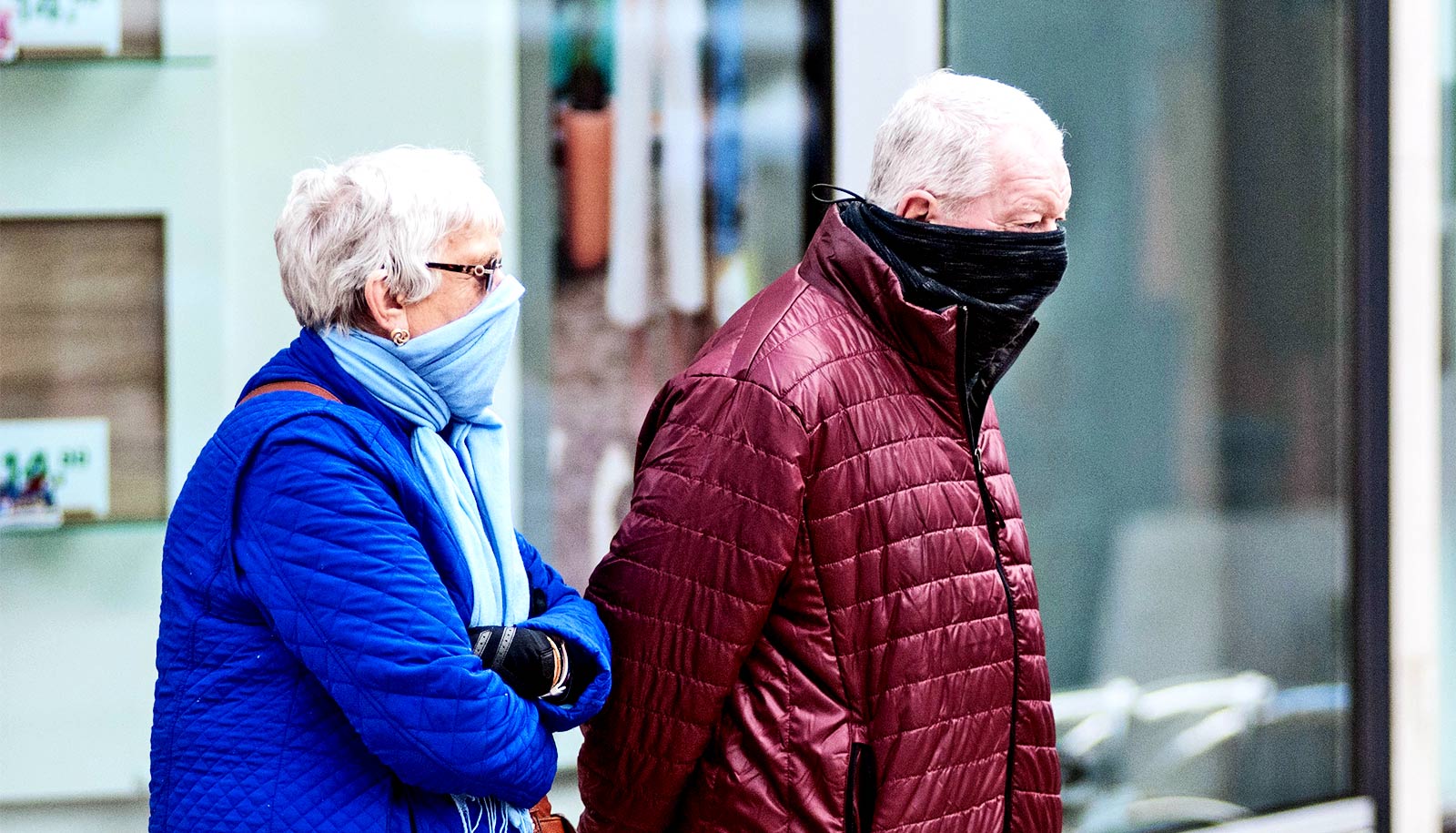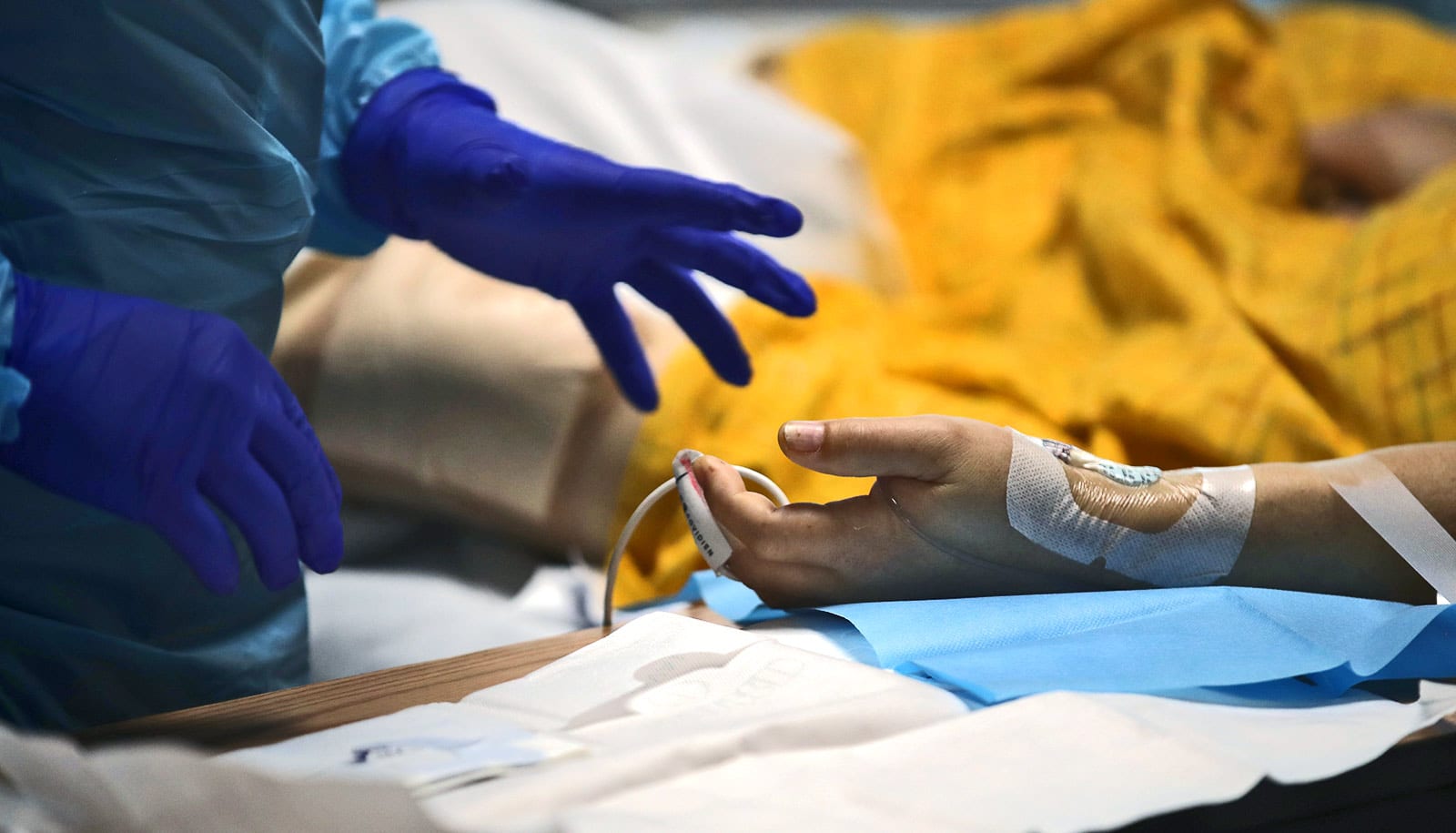In severely ill COVID-19 patients, “first-responder” immune cells, which should react immediately to signs of viruses or bacteria in the body, instead respond sluggishly, according to a new study.
The findings may explain the difference between severe and mild cases of COVID-19, the researchers report.
That difference may stem from how our evolutionarily ancient innate immune system responds to SARS-CoV-2, the virus that causes the disease.
“One of the great mysteries of COVID-19 infections has been that some people develop severe disease, while others seem to recover quickly. Now we have some insights into why that happens.”
Found in all creatures from fruit flies to humans, the innate immune system rapidly senses viruses and other pathogens. As soon as it does, it launches an immediate though somewhat indiscriminate attack on them. It also mobilizes more precisely targeted, but slower-to-get-moving, “sharpshooter” cells belonging to a different branch of the body’s pathogen-defense forces, the adaptive immune system.
“These findings reveal how the immune system goes awry during coronavirus infections, leading to severe disease, and point to potential therapeutic targets,” says Bali Pulendran, professor of pathology and of microbiology and immunology at Stanford University School of Medicine and the senior author of the study, which appears in Science.
The researchers analyzed the immune response in 76 people with COVID-19 and in 69 healthy people. They found enhanced levels of molecules that promote inflammation in the blood of severely ill COVID-19 patients. Past studies have shown that three of the molecules researchers found are associated with lung inflammation in other diseases but they hadn’t been shown previously in COVID-19 infections.
“These three molecules and their receptors could represent attractive therapeutic targets in combating COVID-19,” says Pulendran. His lab is now testing the therapeutic potential of blocking these molecules in animal models of COVID-19.
The scientists also found elevated levels of bacterial debris, such as bacterial DNA and cell-wall materials, in the blood of those COVID-19 patients with severe cases. The more debris, the sicker the patient—and the more pro-inflammatory substances circulating in his or her blood.
The findings suggest that in cases of severe COVID-19, bacterial products ordinarily present only in places such as the gut, lungs, and throat may make their way into the bloodstream, kick-starting enhanced inflammation that is conveyed to all points via the circulatory system.
But the study also reveals, paradoxically, that the worse the case of COVID-19, the less effective certain cells of the innate immune system were in responding to the disease. Instead of being aroused by material from viruses and bacteria, these normally vigilant cells remained functionally sluggish.
If high blood levels of inflammation-promoting molecules set COVID-19 patients apart from those with milder cases, but blood cells are not producing these molecules, where do they come from? Pulendran believes they originate in tissues somewhere in the body—most likely patients’ lungs, the site of infection.
“One of the great mysteries of COVID-19 infections has been that some people develop severe disease, while others seem to recover quickly,” Pulendran says. “Now we have some insights into why that happens.”
Additional researchers from Stanford, Emory University, the University of Hong Kong, and the Hospital Authority of Hong Kong participated in the work.
Funding for the study came from the National Institutes of Health, the Sean Parker Cancer Institute, the Soffer Endowment, and the Violetta Horton Endowment.
Source: Stanford University



